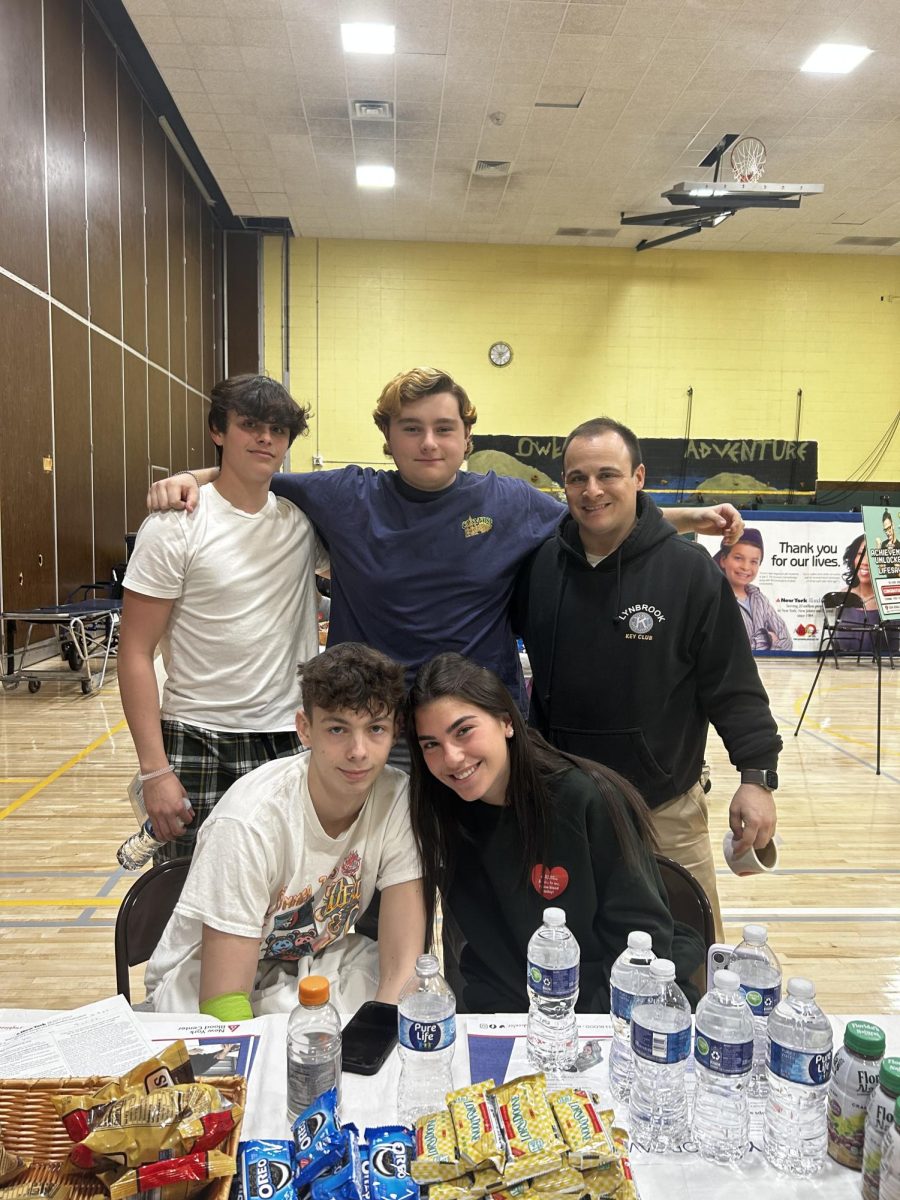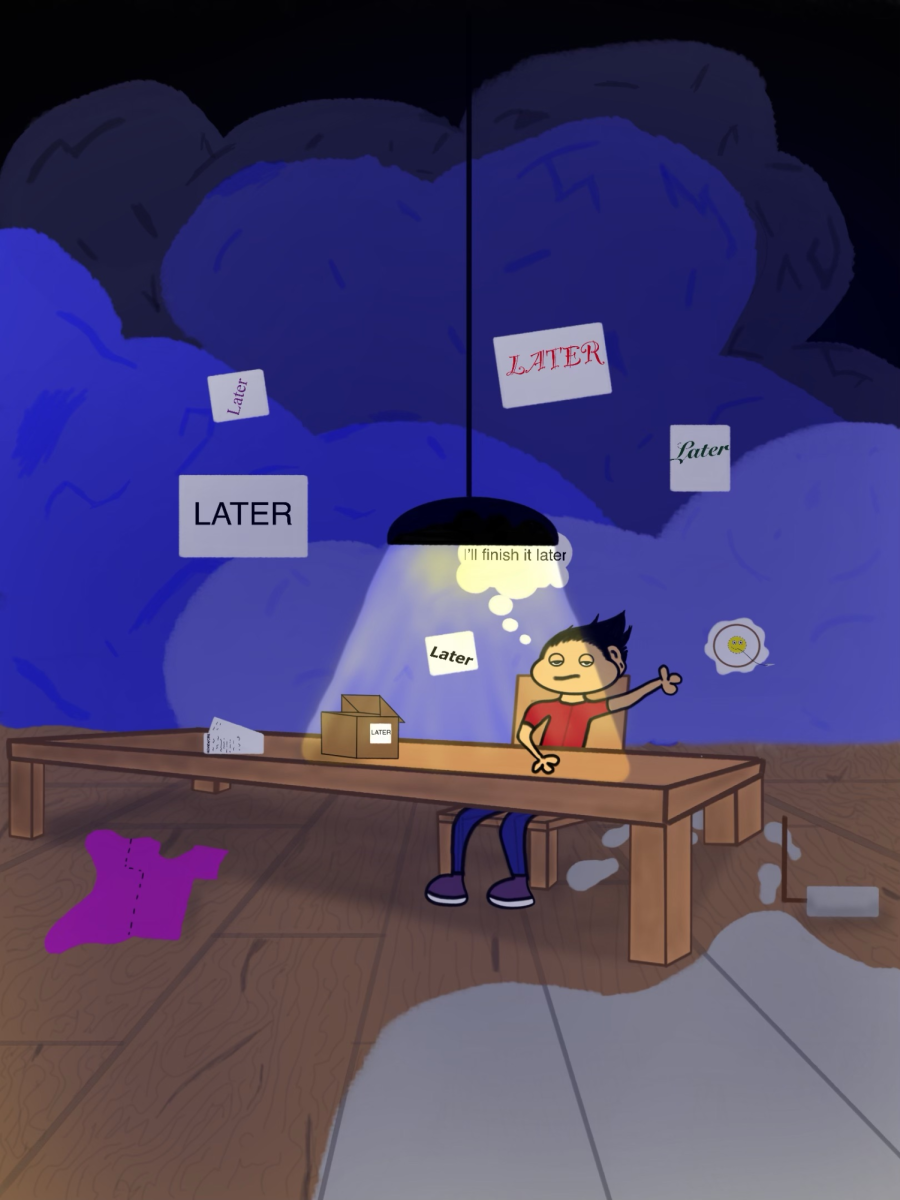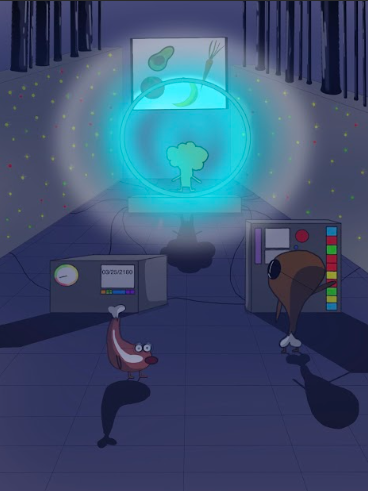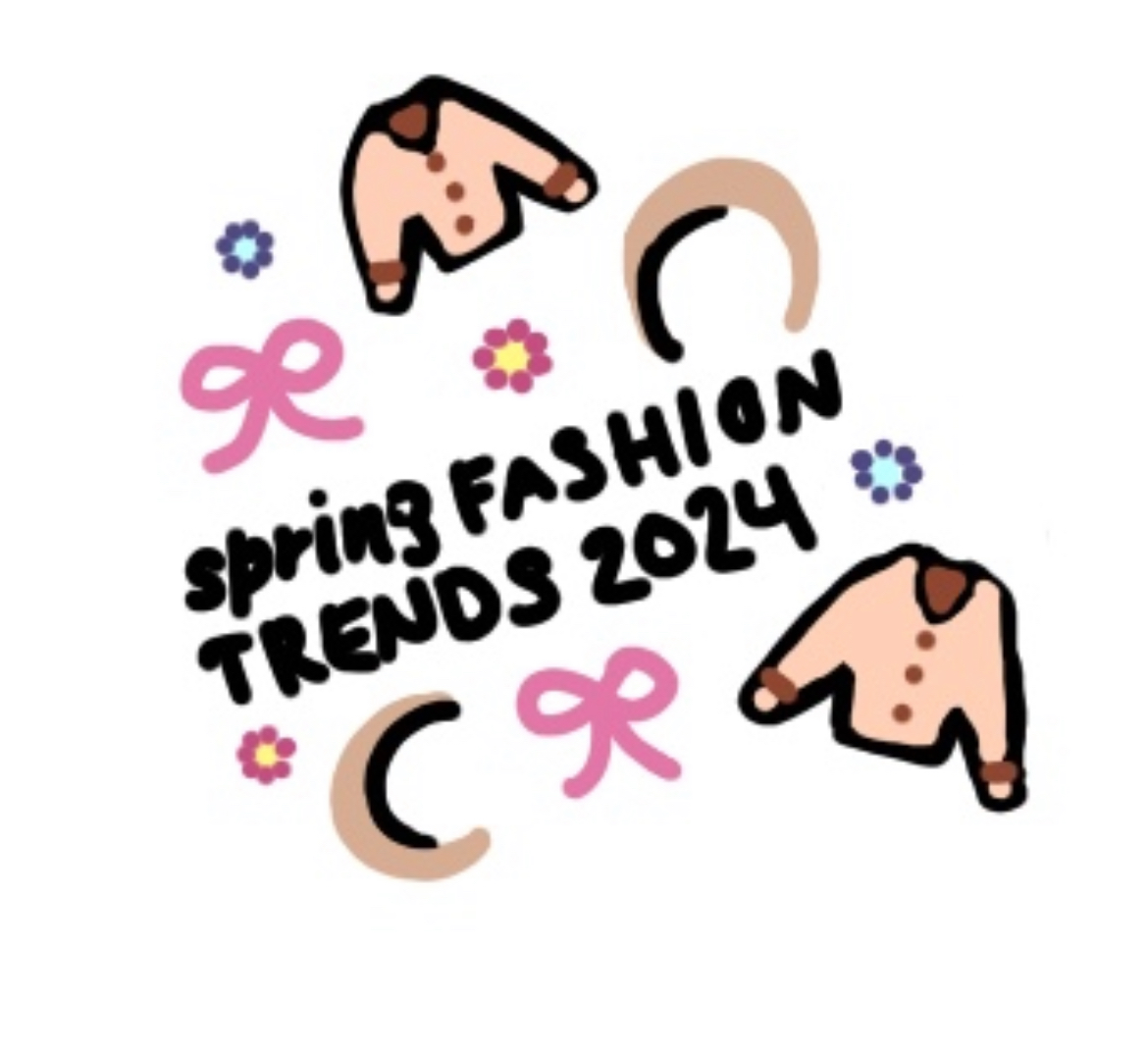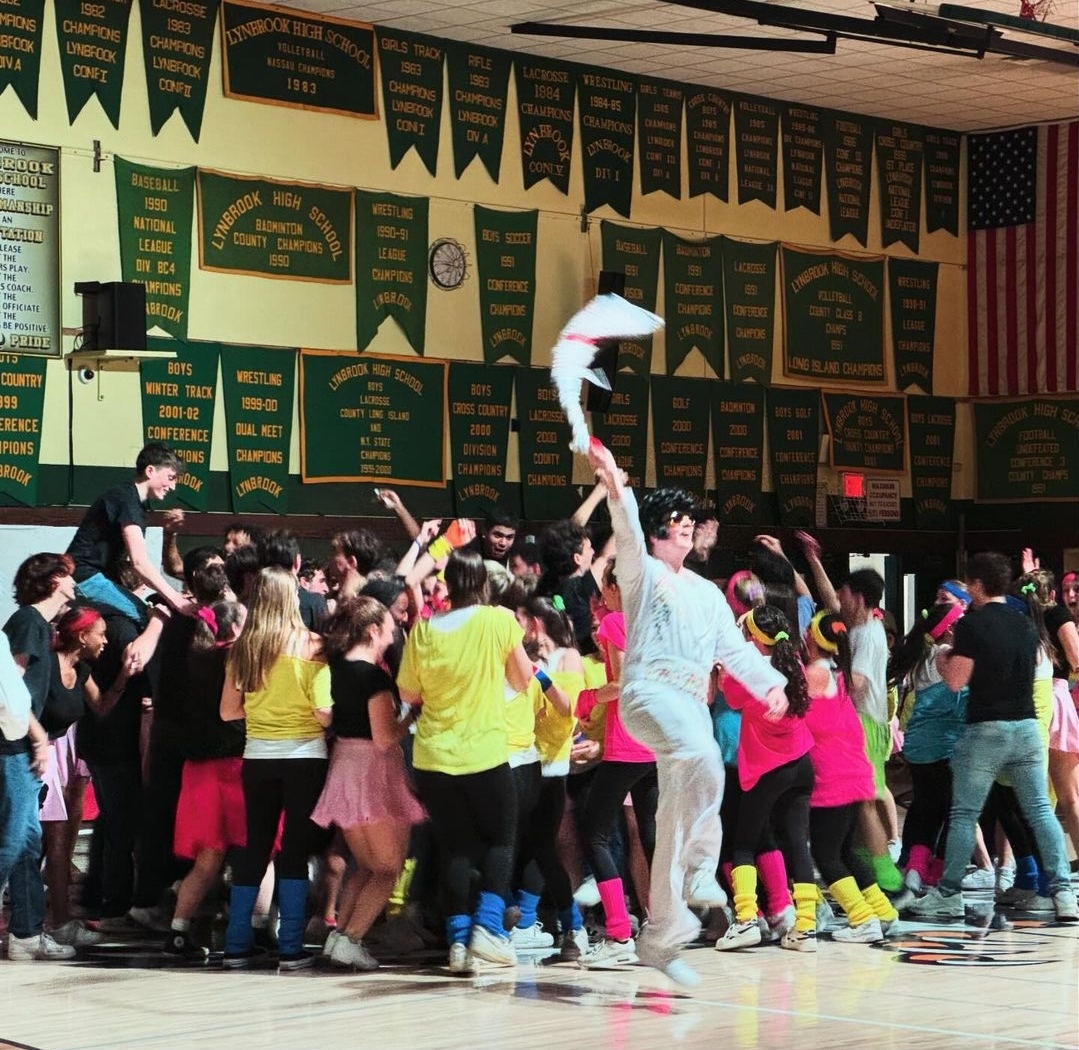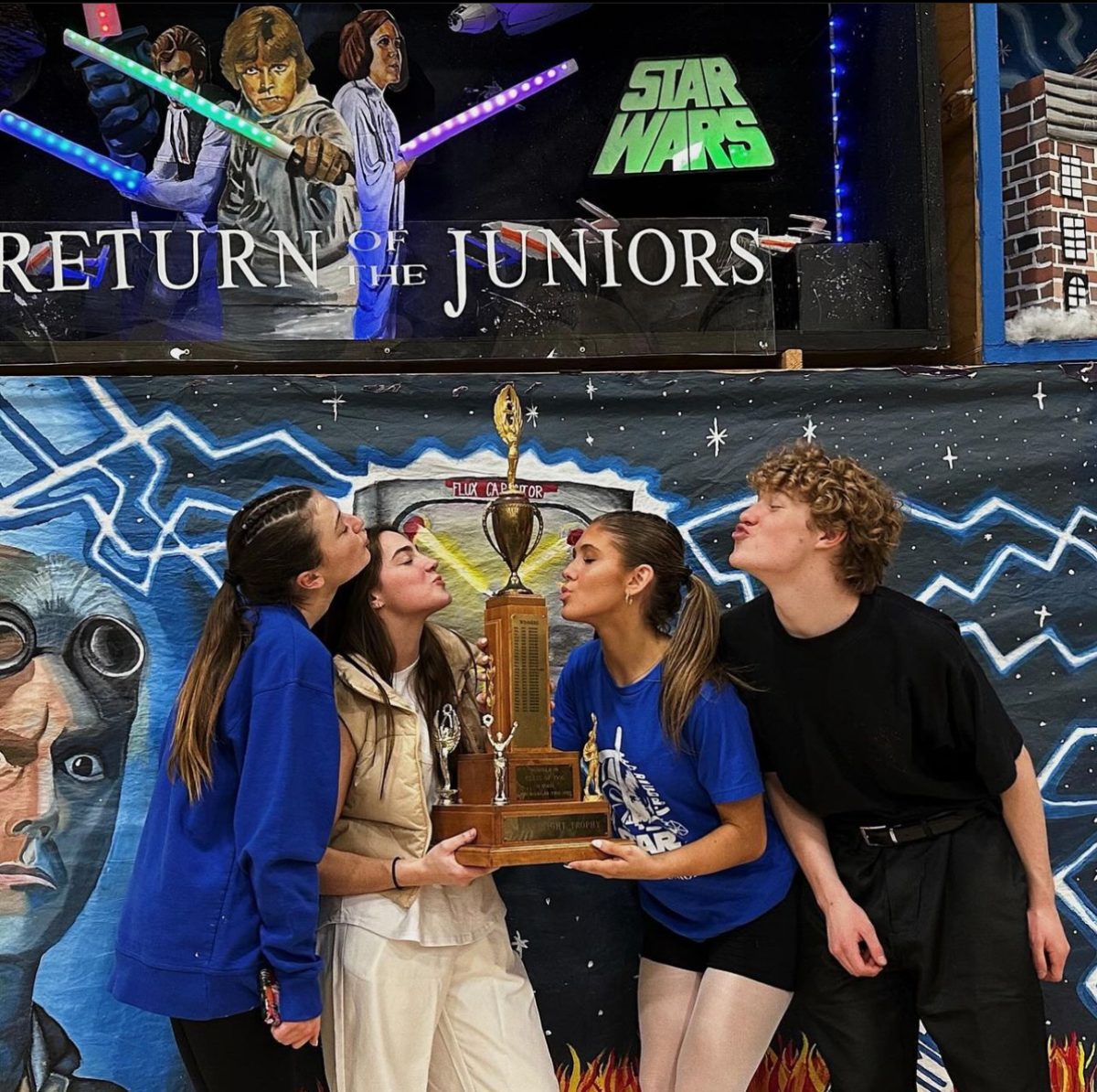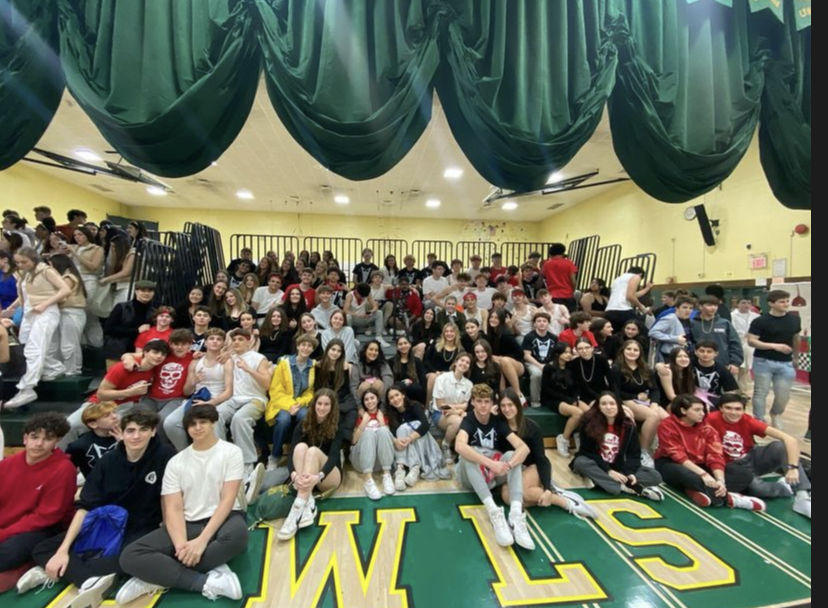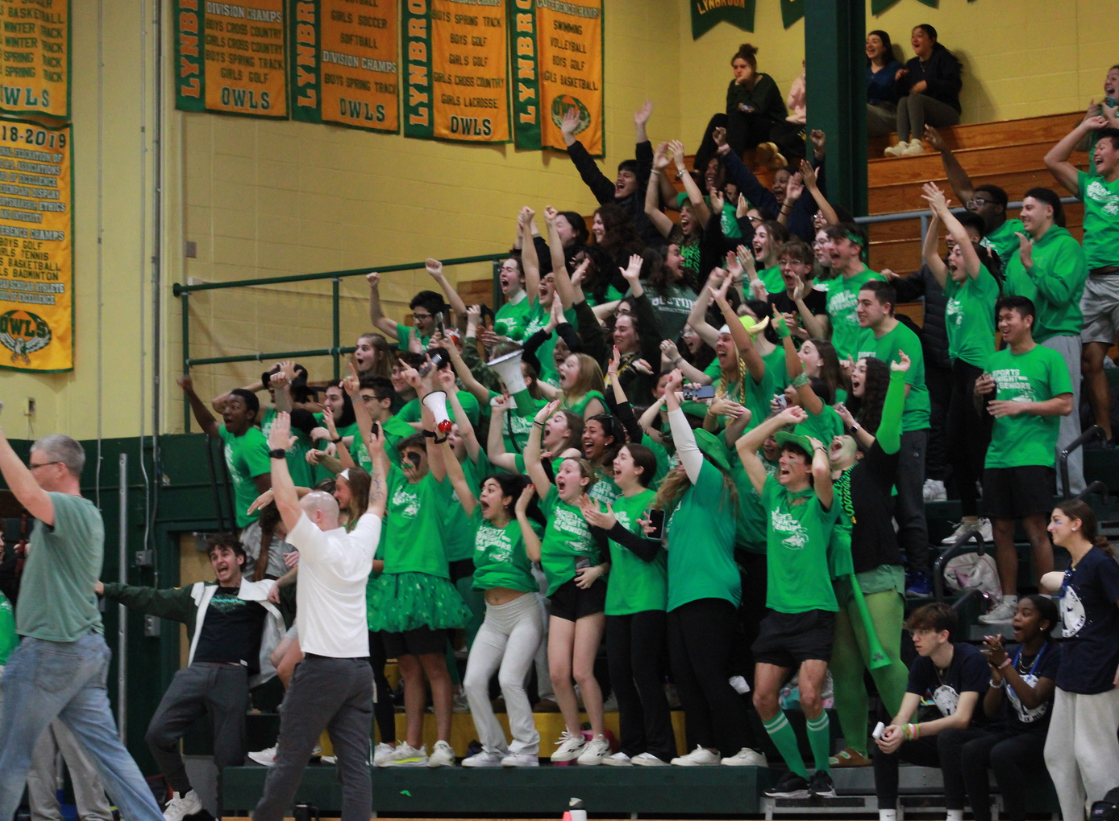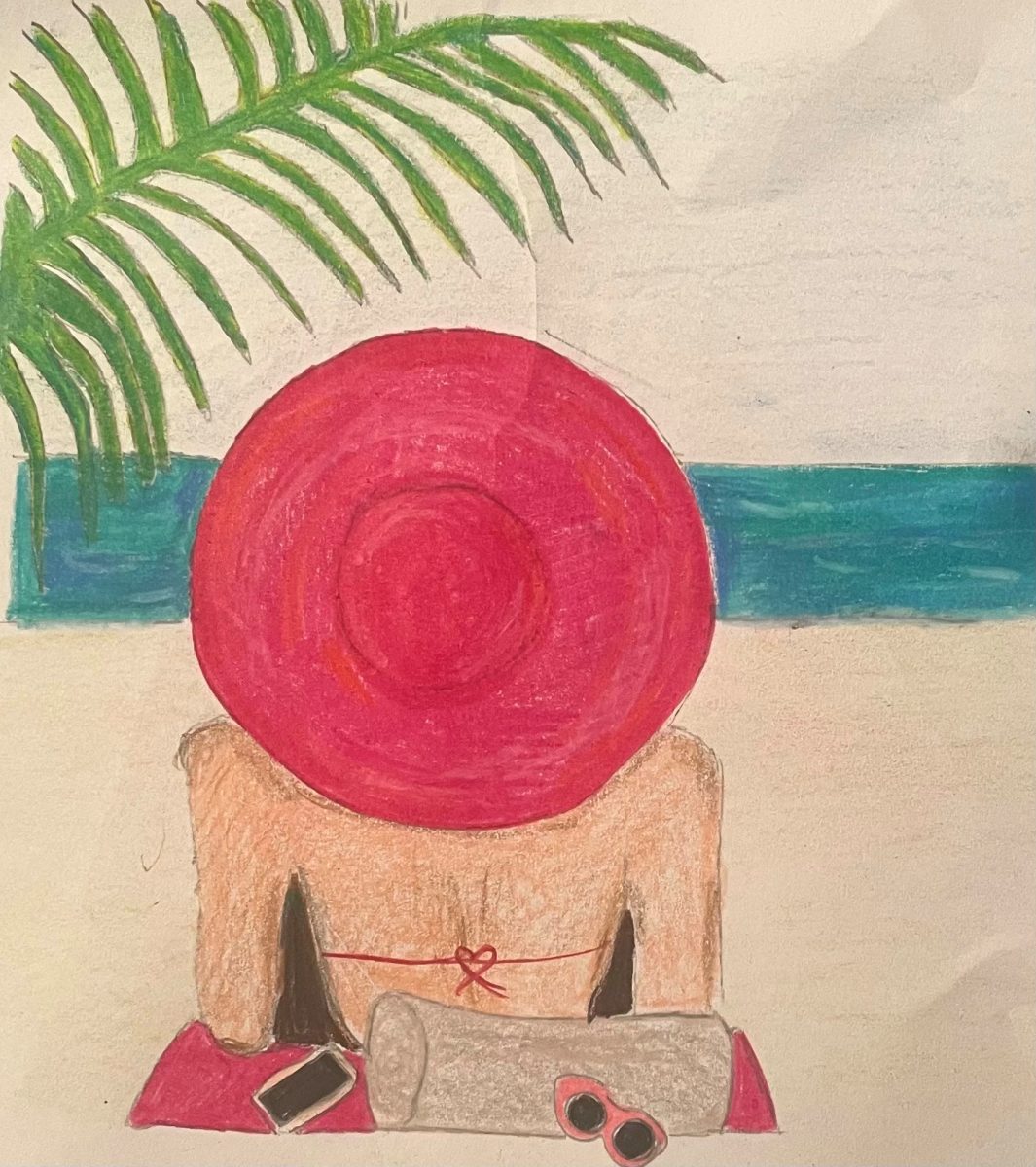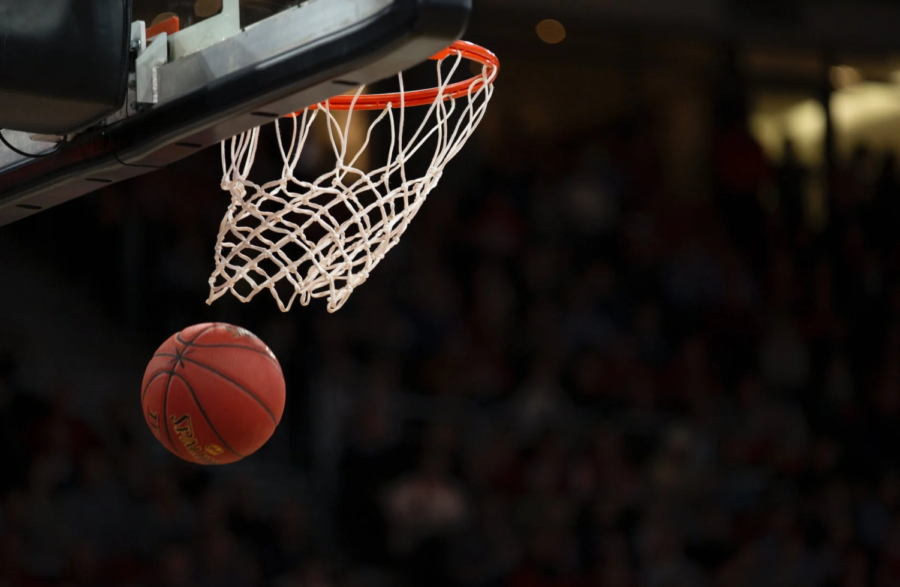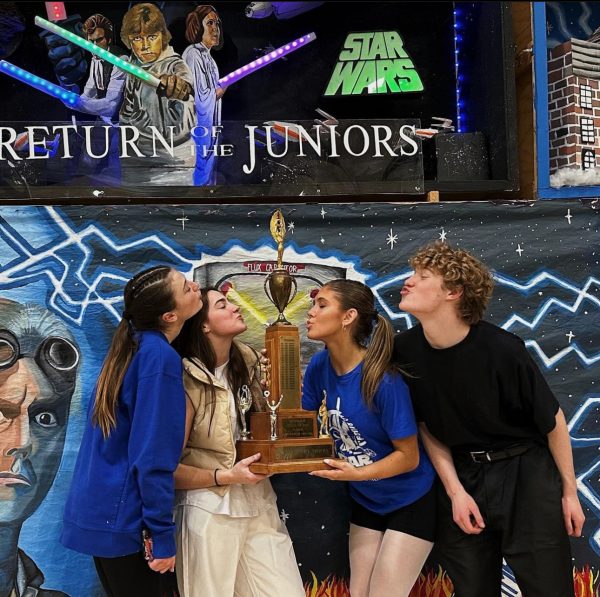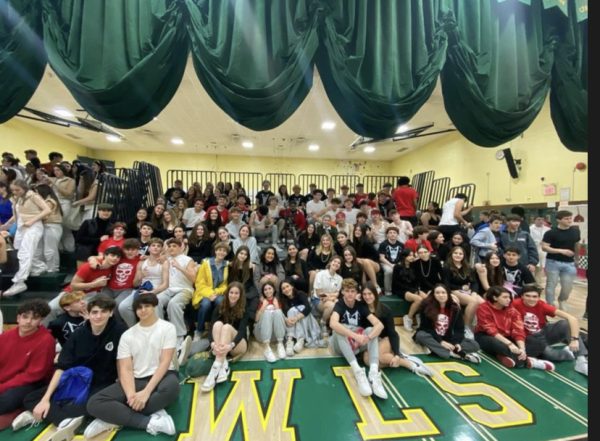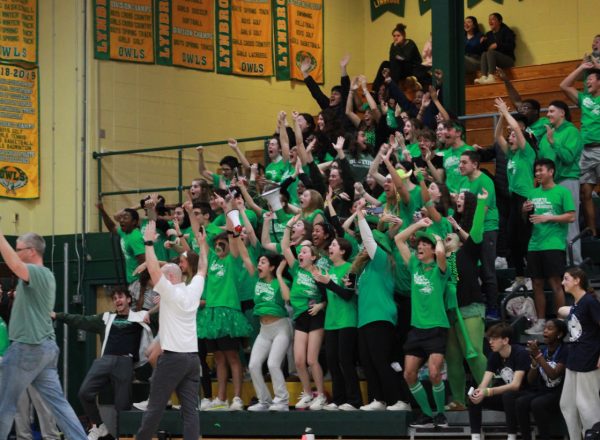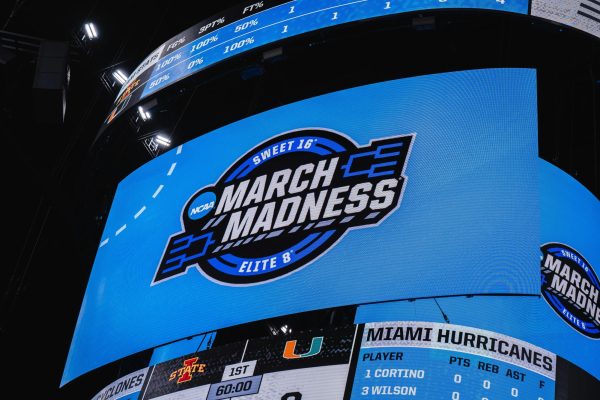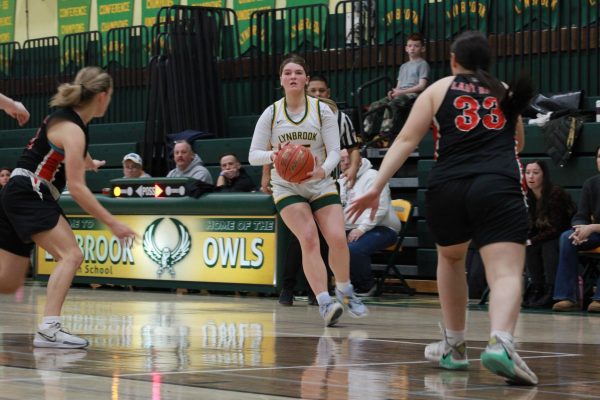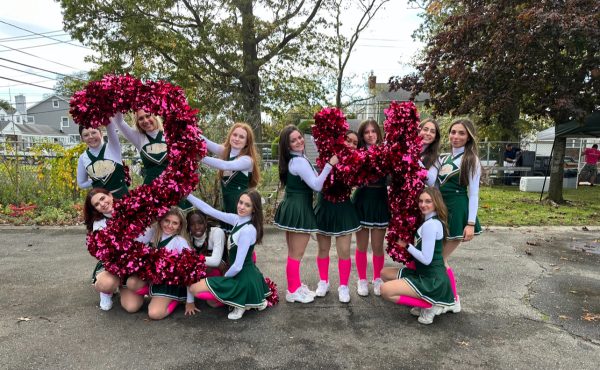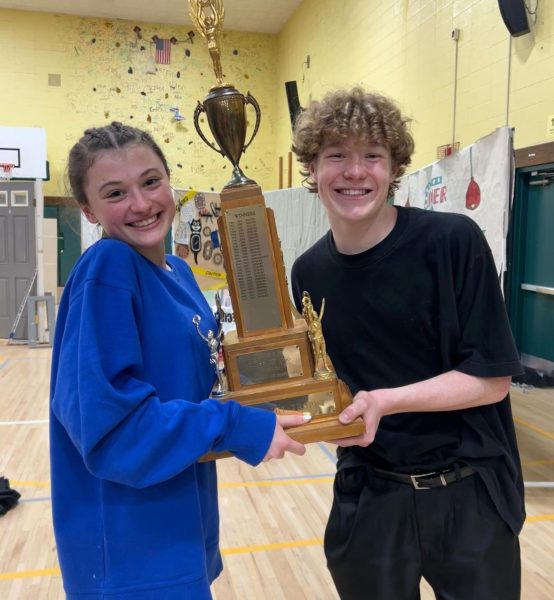Misogyny Madness
Division-1 (D1) college basketball teams play in the March Madness tournament to determine who will be the NCAA basketball champions each March. The tournament is extremely popular among basketball fans and is heavily watched each year. March Madness was cut short last year due to the pandemic, but it happened this year and basketball fans across the country were eager to watch. As the tournament started for the men’s teams, the NCAA received a lot of backlash for how the women’s teams in the tournament have been treated, according to Time magazine.
Sedona Prince, a female D1 basketball player for the University of Oregon, took to TikTok to compare the women’s tournament weight room to that of her male counterparts. The two weight rooms were incredibly different: the women’s weight room was tiny and seemed to contain only a rack of low-weight dumbbells, while the men’s weight room was expansive with heavy weights and dumbbells, various exercise machines, and trainers, according to Prince’s video, which went viral.
Senior Camilla Bahri said, “I am glad Sedona posted that to TikTok because people need to realize how differently female athletes are treated in comparison to male athletes.”
The NCAA claimed that there was not enough room for the equipment in the women’s weight room. The NCAA was soon proven wrong, however, when the same video showed how there was indeed extra space in the women’s gym.
Sophomore Candace Pacheco said, “When I first heard that the NCAA said that there wasn’t enough space for a larger women’s weight room, even though there clearly was, I was very shocked. My feelings very quickly changed to annoyed. I couldn’t begin to imagine that the NCAA thought it was okay to treat the women this way. I am also disappointed that the NCAA allowed this to occur.” Prince’s video has been posted all over social social media, and it received over 9.3 million views just days after it was posted.
The weight rooms were not the only unfair treatment the women players received; the “swag bags” received by the players were also different for men and women. All players participating in March Madness received bags filled with gifts. The women’s bags had basic things like water bottles, a hat, a shirt, a pair of socks, an NCAA poster, and a drawstring bag with some toiletries in it, but this did not compare to what the men received. The men were reported to have received pillowcases and comforters with “The Big Dance” written on them, many toiletries, hats, shirts, socks, a book, a draw string back, sneakers, and much more.
Freshman Amanda McDonald said, “Nothing about this is fair. Women work equally as hard as men, and sometimes even harder to prove themselves. Men are not better than women, so why should they get rewarded more for their accomplishments?” It unfortunately does not end there. The meals provided for women were in to-go containers featuring what some reported as inedible, but the men were provided with a buffet with gourmet food, according to the Los Angeles Times.
It is unclear why women in the March Madness tournament are being treated differently. Women’s college basketball is watched just as often as men’s college basketball. “The female athletes work equally as hard,” said Bahri, “and in terms of receiving validation, they are forced to work harder.”

